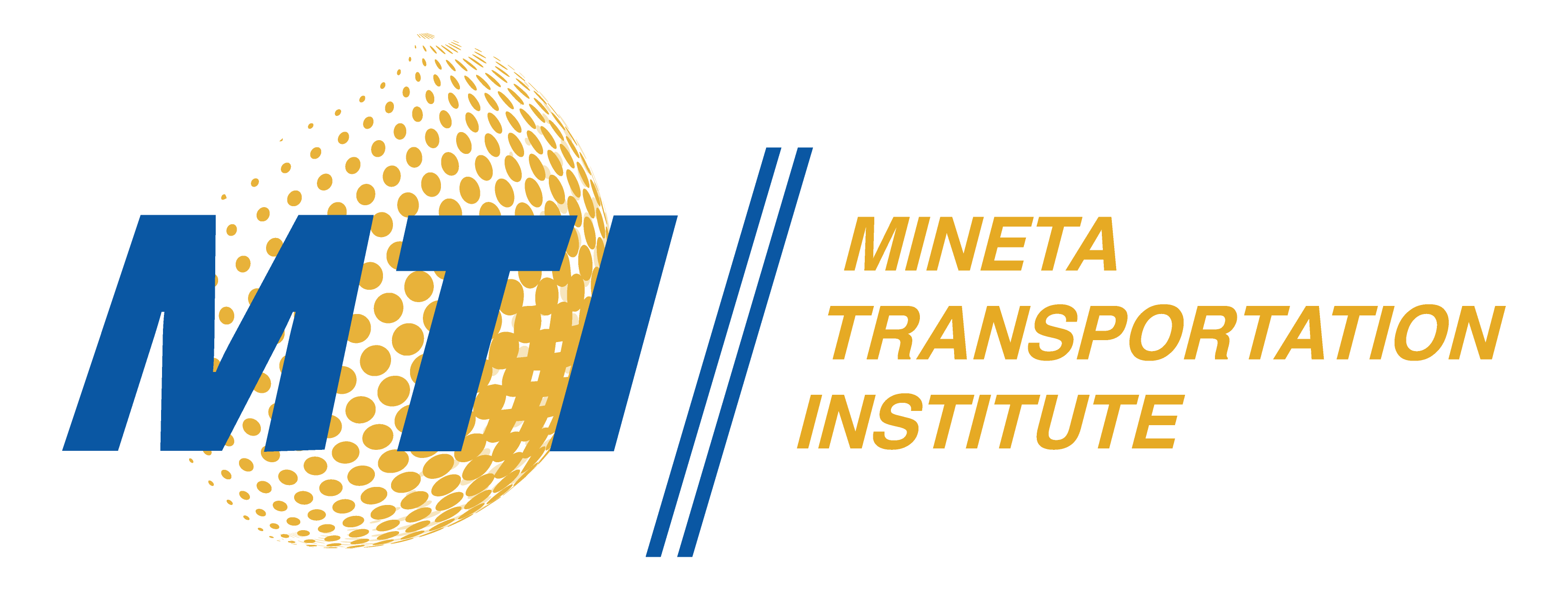Description
This report presents the replication of an MTI study conducted in 2001 by Peter Haas and Richard Werbel. That research, itself a continuation of an earlier project completed in 2000, included an analysis of transportation tax elections in 11 urban areas across the nation and culminated in the identification of 17 community-level factors with potential impact on the success of ballot measures for sales tax increases to fund transportation packages with substantial rail components. Trends observed in these more recent case studies were generally highly consistent with the following findings from the 2001 study. Thus this analysis reaffirms the importance for community consensus amongst the business, elected and environmental communities, and accompanying depth of financial support. Once again, the difficulty of passing an initiative without well-funded, effective use of multimedia was validated, as was the importance of utilizing experienced campaign consultants. Some factors seemed less important in the current study than in 2001, including the effectiveness of presenting a multimodal package, the perception of benefits of a package being distributed throughout the voting district, the experience gained in recent transit elections, and the credibility of the transit agency. Finally, this compilation includes an exploration of “rebound” elections – those instances in which a failed measure is quickly followed by a successful one – and the factors that seem linked to achieving success in such instances.
Publication Date
6-1-2011
Publication Type
Report
Topic
Transit and Passenger Rail
MTI Project
2911
Mineta Transportation Institute URL
Keywords
Line extensions (Rail transit), Local transit, Sales tax, Finance, Light rail transit
Disciplines
Transportation
Recommended Citation
Peter J. Haas and Katherine Estrada. "Revisiting Factors Associated with the Success of Ballot Initiatives with a Substantial Rail Transit Component, Research Report 10-13" Mineta Transportation Institute (2011).

